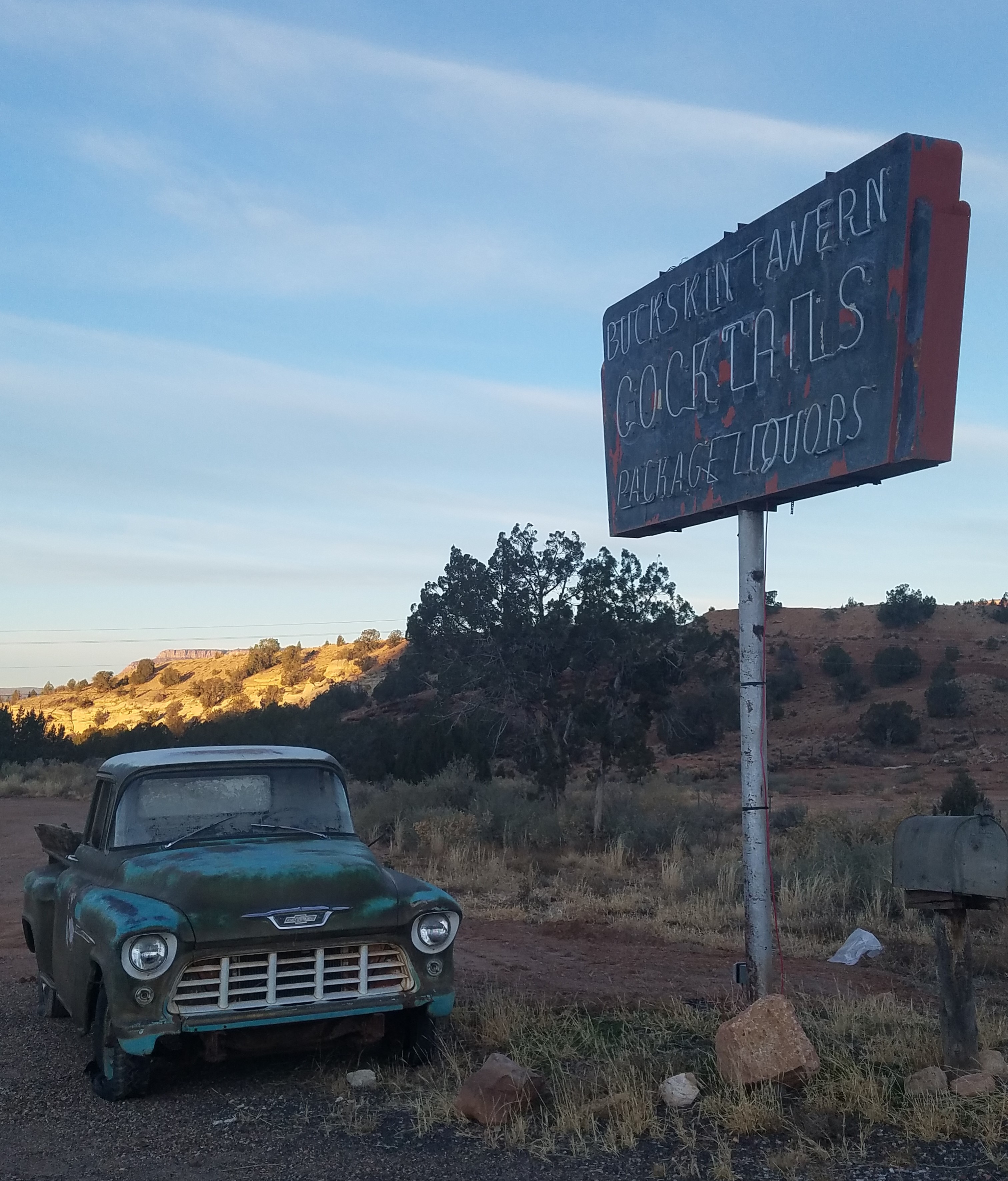When It All Was Over: RIP Jon Lord
The opening of the song Smoke on the Water by Deep Purple is included in almost any list of the best rock guitar riffs of all time. It is one of the first things most aspiring rockers seek to master upon picking up their first electric guitar and plugging into an amplifier. It certainly was for me, although like most teenagers I learned it wrong, plucking one note at a time rather than the two-note chords that guitarist Ritchie Blackmore had actually played on the original riff. The riff is so famous that it is often the subject of mass events, to include a gathering of 1,683 guitarists who played it in unison in Kansas City in 2007 to get into the Guinness Book of World Records. To think of Smoke on the Water solely in terms of Blackmore’s six-string prowess however is to give short shrift to the immense contribution to both the song and the riff by Deep Purple keyboardist and Smoke co-writer Jon Lord.
Listening to Smoke on the Water closely, one notes that Blackmore plays the renowned riff alone on guitar twice to open the song. The third time the riff is played however, Lord joins in on his Hammond organ and it is the combination of guitar and organ crunching the riff together that creates the depth and heaviness that we all remember when we think about the song. In fact, other than those first two run-throughs of the riff by Blackmore at the beginning, the guitar and organ always play it together throughout the rest of the song.
Lord’s impact on the song doesn’t end with strengthening the main riff though. His keyboard fills and flourishes can be heard high in the mix behind the vocals in each of the verses, creating the bouncy groove that propels the track forward. Even when guitar hero Blackmore launches into his awesome solo at the song’s three-minute mark, one can hear Lord’s organ joining up with Roger Glover’s bass to create the wall of sound off of which Blackmore’s carefully articulated notes rebound. A guitar song it definitely is, but it is Lord’s organ playing that gives Smoke on the Water its woofer-pounding weight.
I’ve been listening to a lot of Deep Purple since I heard the news that Jon Lord passed away on July 16th due to a pulmonary embolism, after a protracted battle with pancreatic cancer. Lord and drummer Ian Paice were the only two members of Deep Purple to be part of the group throughout the Marks I, II, III, and IV periods (as they’re known in Purpledom) that I personally followed and loved. Despite this, it was the other members of the group – guitarists Blackmore or Tommy Bolin, vocalists Ian Gillan or David Coverdale, or singer/bass player Glenn Hughes – that always popped into mind first whenever I thought of the band. Listening to the songs in response to news of Lord’s death however has caused me to refocus my attention and… Holy Damn!
I always recognized the presence of keyboards in Deep Purple. I knew at an intellectual level that the interplay between electric guitar and Hammond organ was the essence of Deep Purple’s sound. That said, I only really focused attention on Lord’s playing during his organ solos, which I always thought of as sort of spinning or cycling in and out from the vast openness of outer space. They sounded trippy in a cosmic sort of way to me, even when they rocked heavy as black hole gravity, but they were also always somehow interludes vice integral parts of the songs in my inattentive mind. After nearly 40 years of listening however, I finally “get it.” It’s just too bad it took the death of the virtuoso rock genius that was Jon Lord to set me on the path to the Hammond truth.
I now know that Jon Lord’s keyboards are/were the backbone of the Deep Purple. His playing is what made Deep Purple sound like Deep Purple despite all the line-up changes and regardless of whether the band was churning out prog/psychedelia suites in the late 60s, hard rock/proto-heavy metal in the early 70s, or experimenting with a little boogie/funk in the mid-70s. The organ solos are excellent but I now grasp that they are only a part of the Lord’s contribution to the music. He’s there behind every chorus, giving depth to each vocal, and stretching out the palette on which Blackmore paints guitar solo masterpieces.
I’ve included below one song from each of the Deep Purple eras that I made up a few sentences ago. I suggest first listening to each once through thoughtlessly, to simply take in the awesomeness that is the Deep Purple. The second time round however, focus your ears on Jon Lord’s keyboards and remember and mourn this massive musical talent that has been taken from us.
Blind from the 1969 album Deep Purple:
Maybe I’m a Leo from the 1972 album Machine Head:
What’s Goin’ On Here from the 1974 album Burn:
Rest in Peace, Mr. Lord








Jon Lord played the main solo of my musical life.
I enjoyed revisitng the Deep Purple era. I am a long time Lynyrd Skynyrd fan-love all of that 70’s hard rock. So sorry to hear about Jon Lord-so many of these great musicians are being lost. Thanks for reading my blog and my Legacy story. If you aren’t following it, I hope you will consider doing so. I will follow your blog and see what else you have in store! beebeesworldi
Thanks for the follow and here’s hoping I manage to post something else in the future that’ll make your Saturday Night Special… um, get it?… er, never mind (smile).